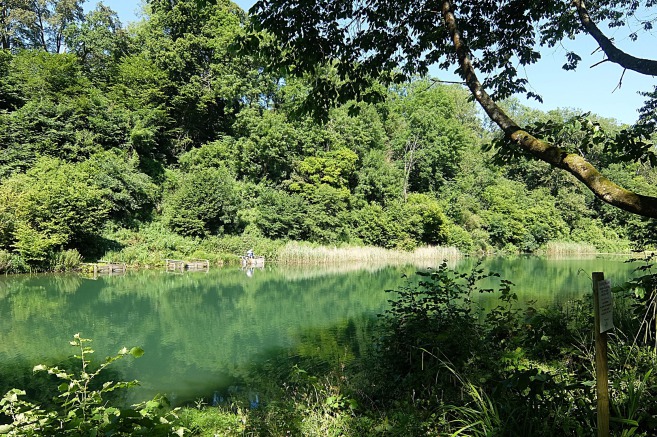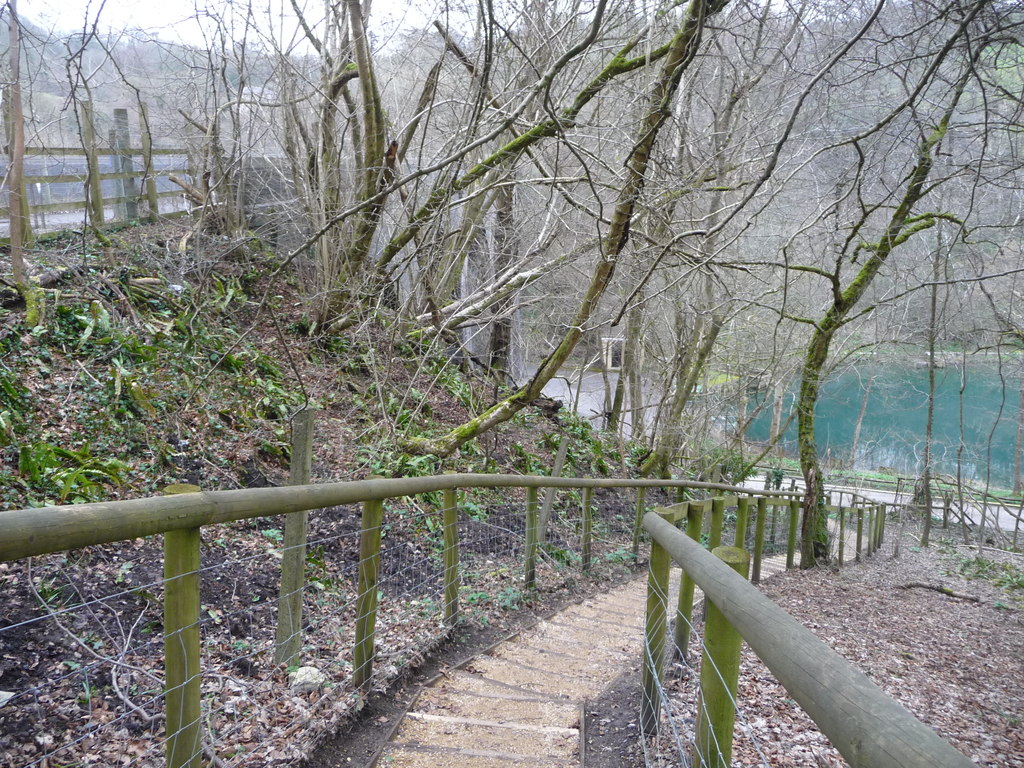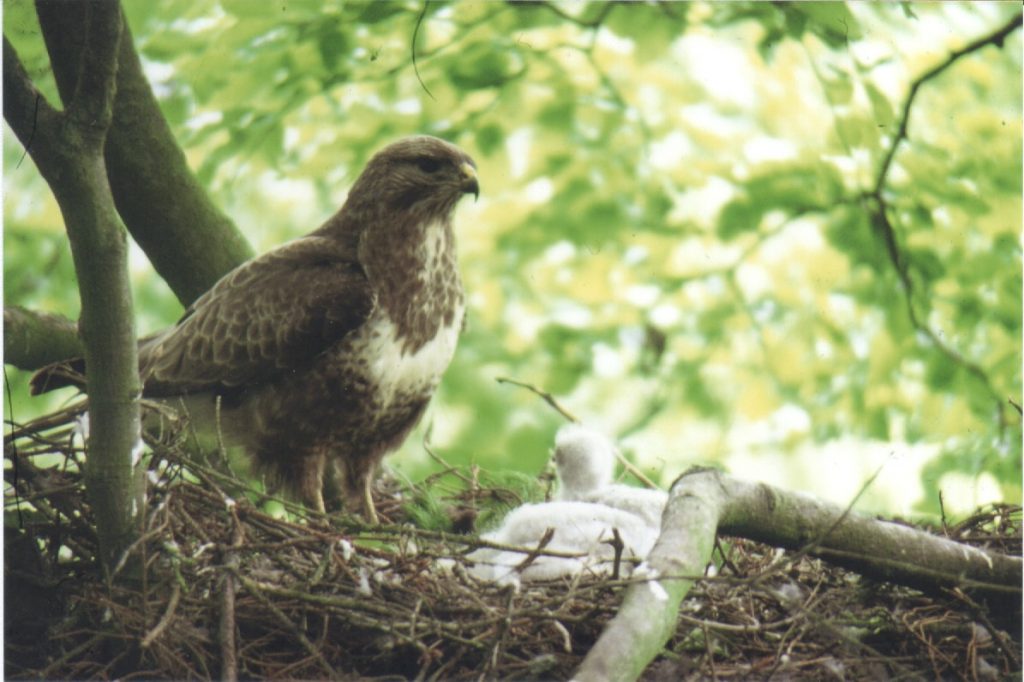One of the biggest benefits of a stay at Tucking Mill, is the fertile countryside that surrounds these quaint properties. Tucked away within the lush green Midford Valley, you’re able to witness flora and fauna change with the seasons. The area has a long history and interesting geology, which makes for interesting walks; particularly beautiful in Autumn, as the russet leaves start to fall.

The neighbouring Tucking Mill Reservoir was bought by William Smith in 1798, who would go on to make the site his home for the next 20 years, whilst collating the geological history of England and Wales. During this period, Smith’s observations of the coal mines, quarries and canals of the time, led him to propose the fundamental principles on which the modern science of geology is based. These observations would go on to be published in the Table of Strata, near Bath, and would go on to become one of the oldest geological maps in existence. Amongst such feats, Smith would also go on to restore the flow of water from the hot springs, which fed the nearby Roman Baths and Pump Room.

There is plenty to discover in the area surrounding the reservoir, found just a short walk from the rental cottages. Tucking Mill Wood makes up part of this natural horticultural landscape and is dominated by a variety of mature species like Ash, Maple and Elm. The path through, follows the line of the former tramway, built by William Smith to carry stone from his quarry down to his saw mill. The old stone sleepers can still be seen in places, with the limestone quarry rich in fossils.

Tucking Mill is located within an area of national and European importance for bats, with up to eight different species recorded on the site. Though woodland makes up a large portion of the site. While woodland forms a large portion of the site, the bats take particular interest in the lake, which provides a key feeding ground, also frequented by kingfishers, moorhens and little grebe, amongst others.

The adjoining Beefly Meadows also act as a rich breeding ground for an array of flora, taking their name from the significant insect which was once thought to have become extinct in the early 1900s. The uncultivated limestone grassland has seeded more than 140 different flowing species, including the common rockrose, pyramidal orchid, birds-foot trefoil and wild thyme.

These fields are also home to hundreds of insects and butterflies. However, as the rare Beefly has proven to thrive in this environment, there is unfortunately no public access to these meadows in order to prevent disturbance. You may instead visit the ancient corpses Horsecombe Vale and Priory Woods, which are dominated by hazel trees. Beneath the canopy there is also a rich variety of treasures to forage, such as wood anemone, wild garlic, sweet woodruff and twayblade. If you’re lucky, you may even spot Bath asparagus aka. spiked star of Bethlehem, which is scarce across the British countryside, but often found around Bath’s fertile surrounds.

